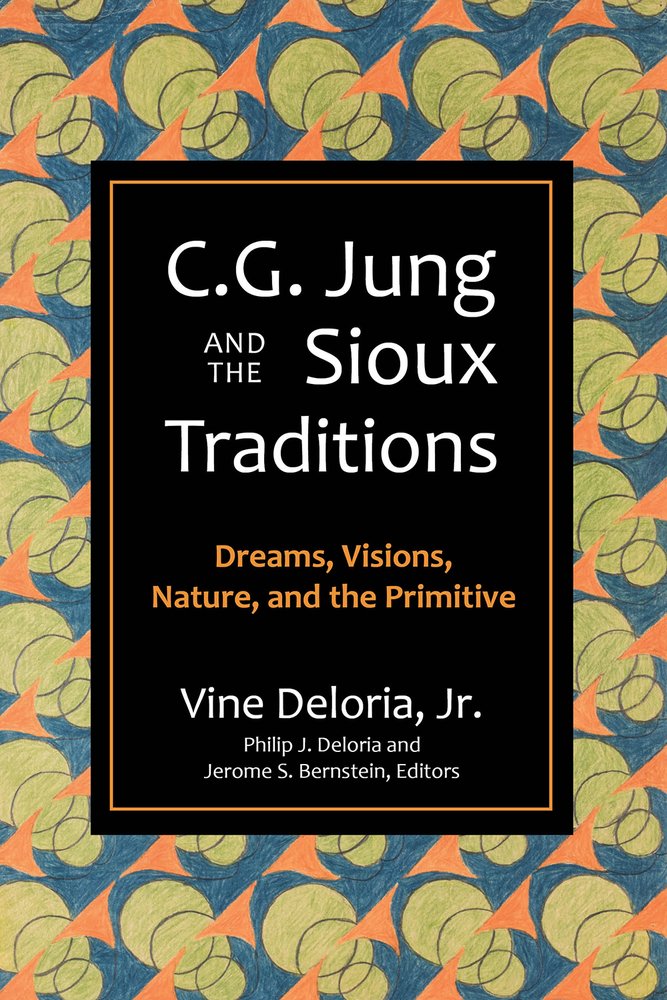C.G. Jung and the Sioux Traditions
Dreams, Visions, Nature and the Primitave

While visiting the United States, C. G. Jung visited the Taos Pueblo in New Mexico, where he spent several hours with Ochwiay Biano, Mountain Lake, an elder at the Pueblo. This encounter impacted Jung psychologically, emotionally, and intellectually, and had a sustained influence on his theories and understanding of the psyche. Dakota Sioux intellectual and political leader, Vine Deloria Jr., began a close study of the writings of C. G. Jung over two decades ago, but had long been struck by certain affinities and disjunctures between Jungian and Sioux Indian thought. He also noticed that many Jungians were often drawn to Native American traditions. This book, the result of Deloria's investigation of these affinities, is written as a measured comparison between the psychology of C. G. Jung and the philosophical and cultural traditions of the Sioux people. Deloria constructs a fascinating dialogue between the two systems that touches on cosmology, the family, relations with animals, visions, voices, and individuation.

Vine Deloria Jr. was named by TIME magazine as one of the greatest religious thinkers of the twentieth century. He was a leading Native American scholar whose research, writings, and teachings on history, law, religion, and political science have not only changed the face of Indian country, but stand to influence future generations of Native and non-Native Americans alike. He has authored many acclaimed books, including Evolution, Creationism, and Other Modern Myths; Red Earth, White Lies; God is Red; Spirit and Reason; and Custer Died for Your Sins. Vine Deloria Jr. passed away on November 13, 2005.
